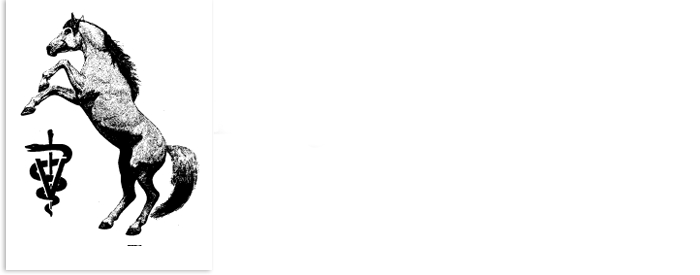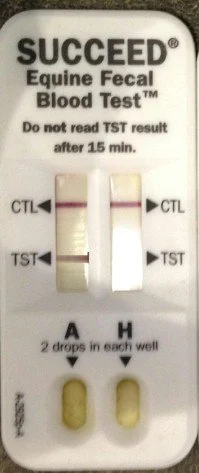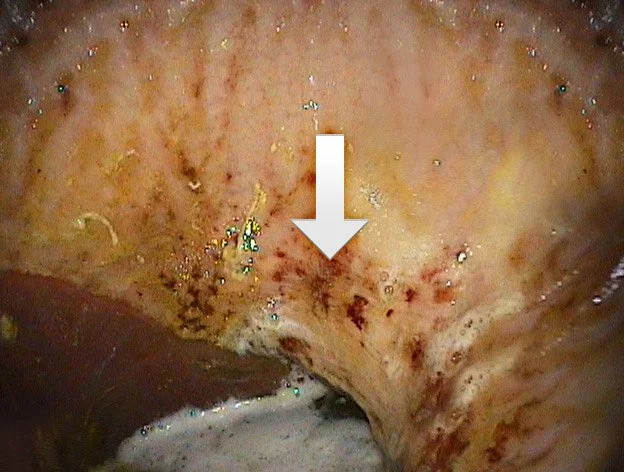Equine Ulcer Screening Now Available In Stall-Side Test
Veterinarians and horse owners often wonder if a horse has an ulcer when they see a horse with chronic low-grade colics, a horse that becomes girthy, develops a poor appetite, has a poor attitude towards training, a dull hair coat, decreased performance, or becomes a stall kicker, among other issues. Now a stall side test that can give you results in about 10 minutes costing only $54 is available (price may vary through the years).
Fecal Blood Test Positive for Albumin Indicating Colon Ulcers are present
The test can be performed stall side using a small sample of your horse’s manure to look for evidence of blood in the manure – specifically hemoglobin and albumin. When positive, this double test can also give you a very good idea of whether an ulcer might be either gastric or colonic. Horses positive for hemoglobin have stomach ulcers. Horses positive for albumin have ulcers in the colon (intestine).
Horse with serious stomach ulcers
To diagnose stomach ulcers before now, testing has been limited to placing a 9-foot long scope into the stomach to look for ulcers and there really has been no test for colon ulcers. Unfortunately, the 9-foot scopes are mostly centered at referral hospitals and the procedure can cost over $500.00. It has the advantage of being able to visualize the ulcers and there are fewer false negatives, but has the disadvantages of being costly and not being able to diagnose colon ulcers at all.
Ulcers are a big issue among horses. For gastric (stomach) ulcers, research has shown that the incidence ranges from 30%-60% for non-racetrack performance horses, to 89% in racehorses. Among the theories as to why stomach ulcers are so common in horses is that while their stomach secretes acid constantly to aid in digestion 24 hours/day, our stalled horses typically are only fed 2-3 times per day, so they eat only a few hours/day. What that means is that there a many hours per day where acid is being produced with no food to buffer the acid present. Another theory is that training, such as running and jumping, moves the acid around in the stomach to areas that are less protected and so more vulnerable to ulcer development.
Colonic ulcers are also very common. There is no practical way to visualize colonic ulcers in a live horse. However, in one study on 180 performance horses that were examined after death, 67% had colonic ulcers
Using this stall side test to indicate the presence of colonic and gastric ulcers has helped improve treatment selection for my patients by knowing where the horse's problem resides in the stomach (gastric), or the intestines (colon), or both.



